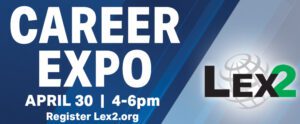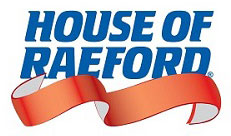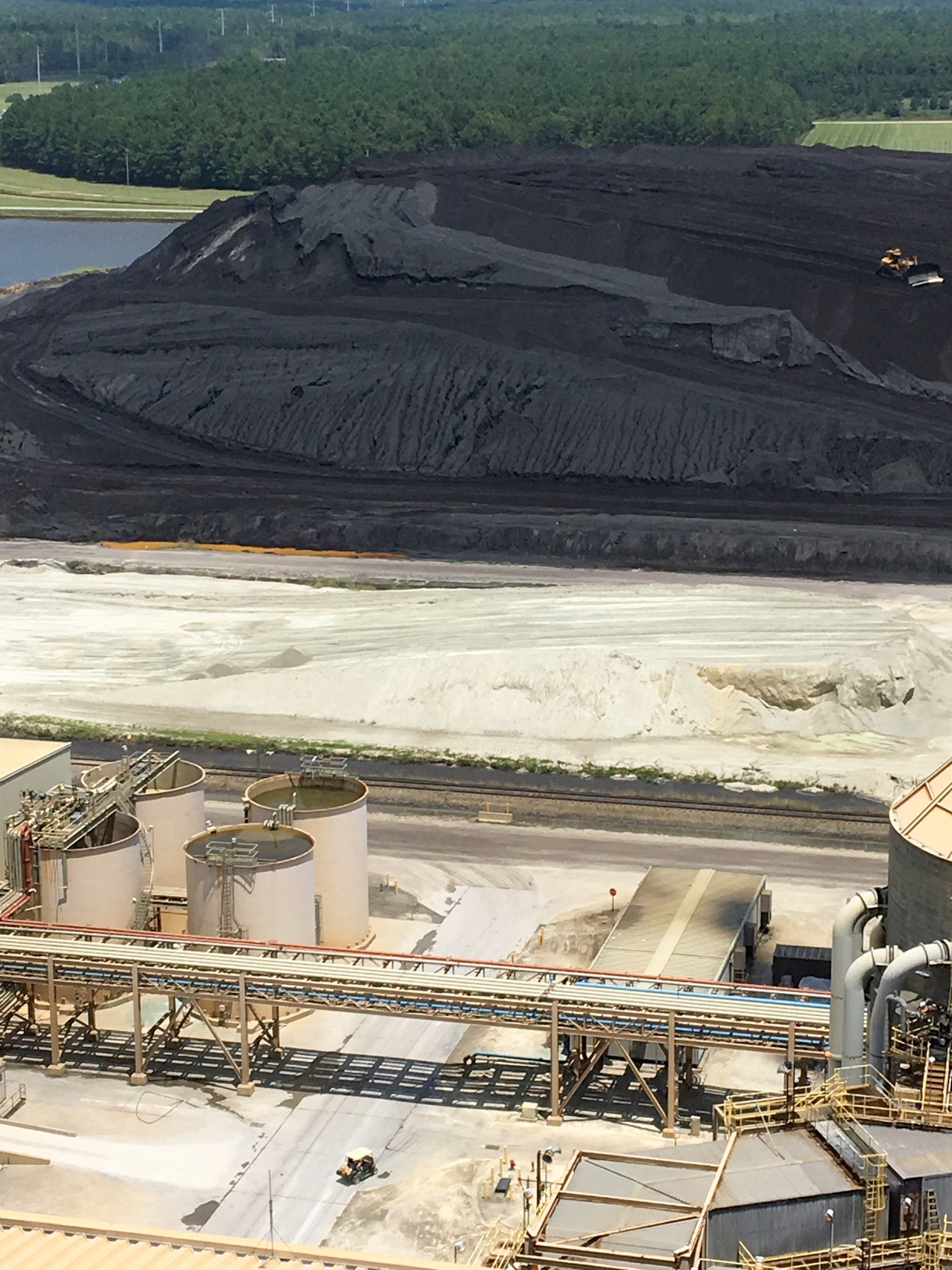
Teachers plug into alternative energy learning
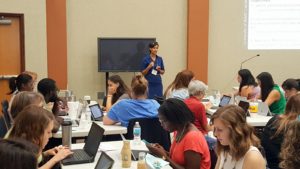
It’s summer, but school is not out for everyone.
Teachers from Lexington Two, Richland One and two private schools are in a class to learn about alternative energy.
It is a continuing education opportunity, said Karen Campbell, project manager from the University of South Carolina’s College of Education. The class is grant-funded and incorporates STEM (science, technology, engineering, and mathematics) subject matter for Kindergarten-through-eighth-grade teachers.
Dr. Bridget Miller of USC’s College of Education wrote the grant that funds the class.
The class began on July 5 and it ends on Aug. 5. It is being taught at Fulmer Middle School in Lexington 2, between 9 a.m. and 1 p.m. and at various off-campus sites.
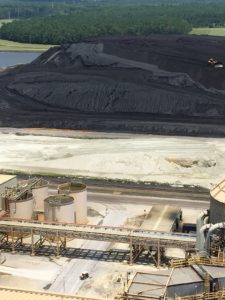
Last Friday, the 46 teachers in the program met in the New Brookland Room of West Columbia’s City Hall, because Fulmer was closed. In addition to public school teachers, faculty from St. Joseph’s Catholic School and Heathwood Hall, both in Columbia, are participating in the learning experience.
As a part of alternative energy learning, the teachers have visited Riverbanks Zoo to see how solar energy is generated. The teachers have also taken a trip the Santee Cooper Cross Generation Station in Pineville to learn about other ways to produce power.
Campbell said there is a segment on climate change, too.
The classes are benefiting teachers, who plan to pass it on to students.
“I’ve gained a lot of content knowledge that will help me better teach my students about energy and how to conserve it,” said Heather Pence, a fifth-grade teacher at Saluda River Academy for the Arts in West Columbia.
“I have also learned more about the different forms of energy available and the individual benefits,” Pence said. “As I teach engineering and energy skills this year, I hope to spark an excitement in my students that will encourage some of them to pursue engineering and possibly tackle the problems our world faces today, including efficient ways to store energy.”
Casey Hallman, a Lexington 2 teacher, said the learning in the course can result in better preparing students for careers.
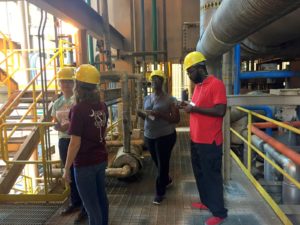
“As teachers we will create Problem Based Lessons (PBLs) to implement with our students on these forms of energy that align with the SC College and Career Readiness Standards,” Hallman said.
Faculty from USC includes Dr. David Shelley from the College of Engineering; Dr. Bridget Miller; Dr. Tommy Hodges, College of Education; prof. Jochen Lauterbach, Chemical Engineering; and MVS Chandrashekhar, College of Engineering and Computing.


